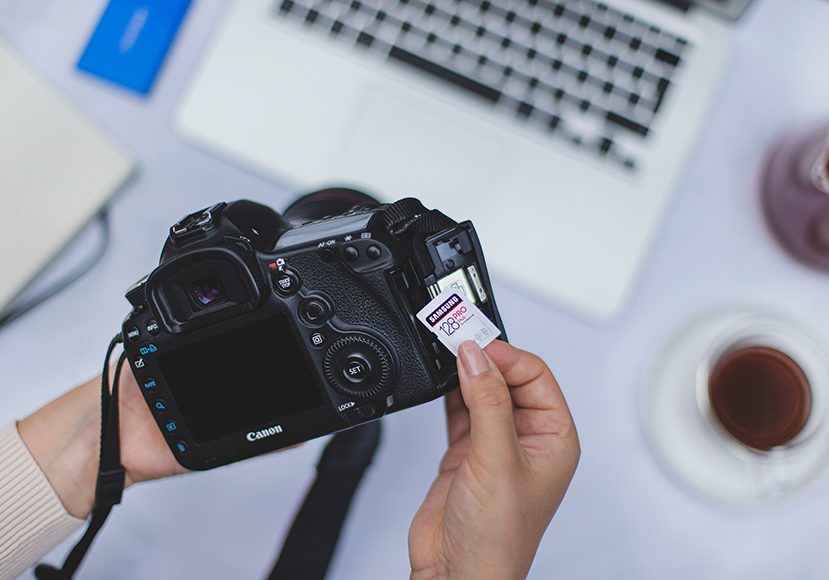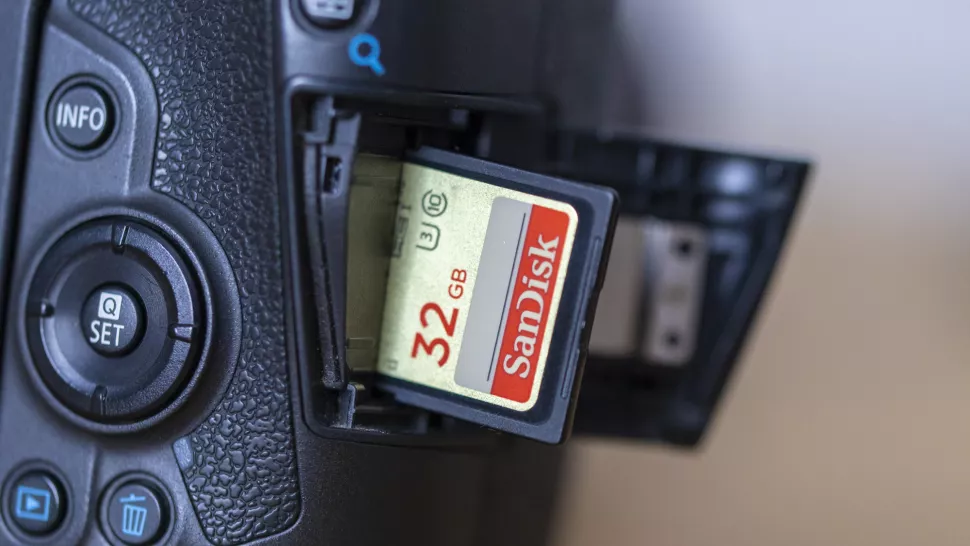Choosing the Right Memory Card Size for Your Camera Setup
As a professional photographer, selecting the correct memory card size for your camera is crucial. The right memory card ensures smooth shooting experiences, avoiding interruptions and potential data loss. But with a wide range of sizes and types available, it can be challenging to decide which one best suits your needs.

Understanding Memory Card Sizes
Memory card sizes are usually measured in gigabytes (GB) and terabytes (TB). The common denominations range from 4GB to 256GB, with higher-end cards even stretching into the terabyte range. Before diving into specifics, it is essential to understand the factors influencing your choice.
Factors Affecting Memory Card Size Choices
- Resolution and Format: Higher resolution images and videos require more storage. For instance, shooting in RAW format generally consumes more space than JPEG.
- Shooting Style: Continuous shooting modes, timelapse photography, and 4K video recording can fill up your memory card quickly.
- Duration: The length of your shoots also impacts your memory card needs. Long sessions or travel shoots may require more storage.

Should You Go Big or Small?
The debate between purchasing larger capacity memory cards versus multiple smaller ones is ongoing. Each option has its benefits and drawbacks.
Advantages of Larger Memory Cards
- Convenience: Fewer card changes mean less interruption during shoots.
- Speed: Larger capacity cards often come with faster read/write speeds, beneficial for high-resolution video recording and burst shooting.
Drawbacks of Larger Memory Cards
- Risk of Data Loss: If a large memory card fails, you risk losing a significant amount of data at once.
- Cost: Larger capacity memory cards can be more expensive.
Advantages of Smaller Memory Cards
- Data Security: Multiple cards mean data is spread out, reducing the risk of losing everything at once.
- Cost-Effective: Smaller cards can be cheaper and allow incremental purchases as needed.
Drawbacks of Smaller Memory Cards
- Inconvenience: Frequent card swaps can interrupt your workflow.
- Management: More cards mean more to manage and potentially misplace.

Specific Recommendations Based on Use Cases
Different photography genres and shooting requirements will influence your memory card size choice. Below are specific recommendations suitable for various scenarios.
Portrait and Event Photography
For most portrait and event photographers, a 32GB to 64GB memory card is sufficient. These shoots typically do not involve continuous shooting or 4K video recording, balancing the need for storage with cost.
Wildlife and Sports Photography
Wildlife and sports photographers often shoot in burst mode and require faster write speeds. Here, a 64GB to 128GB card is ideal, offering ample space and speed without constant swaps.
Wedding Photography
Wedding photographers should consider using 128GB or larger memory cards. Long hours and the need for high-resolution images make larger cards beneficial, reducing the risk of running out of space during critical moments.
Videography
For 4K and higher resolution video recording, at least a 128GB memory card is recommended. 256GB or larger may be necessary for extended shoots.

Avoiding Common Pitfalls
While choosing the right memory card size is important, it is equally vital to avoid common pitfalls that can lead to data loss or corruption.
Regularly Backup Your Data
Backing up your data is crucial. Consider using cloud storage or external drives to ensure your precious work is safe.
Properly Format Your Memory Cards
Regularly formatting your memory cards in the camera, rather than via a computer, helps maintain the card's performance and longevity. You can learn more about this process here.
Use Reliable Brands
Opt for recognized and reliable memory card brands. They offer better performance, reliability, and customer support.
FAQs
Can I use different-sized memory cards in the same camera?
Yes, most cameras support different-sized memory cards. However, ensure that the card meets the camera's speed and capacity requirements.
How often should I replace my memory cards?
Memory cards wear out over time. Replace them every few years, or sooner if you notice performance issues.
Is it safe to use high-capacity memory cards?
Yes, it is safe to use high-capacity memory cards as long as they are compatible with your camera. Check the manufacturer's guidelines before purchasing.
As an Amazon Associate, I earn from qualifying purchases.

